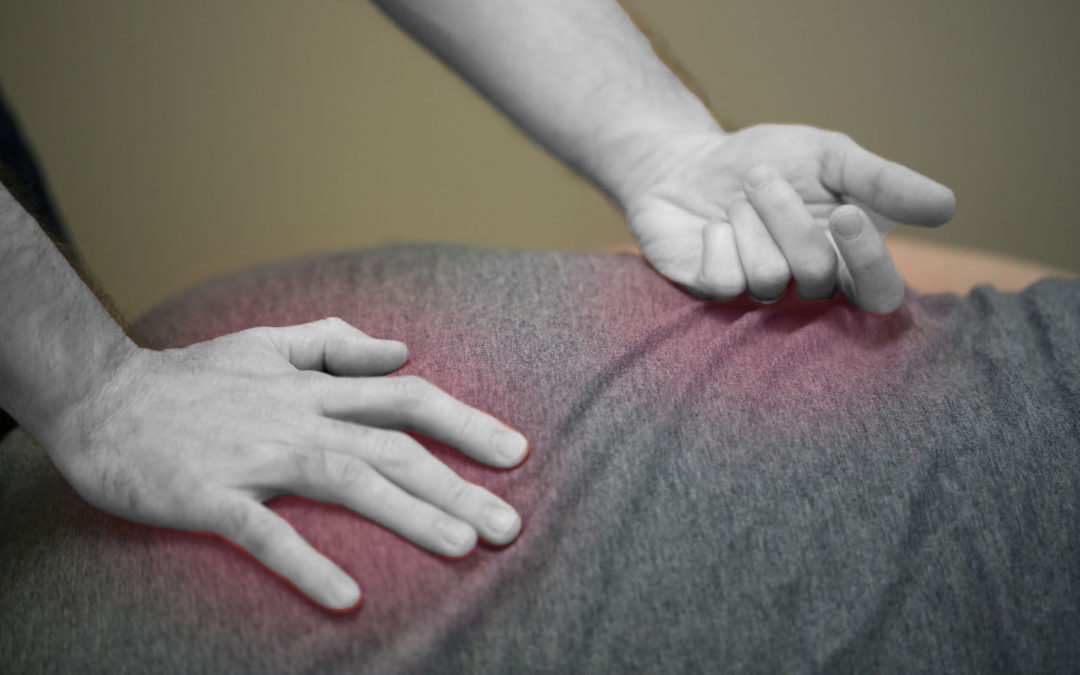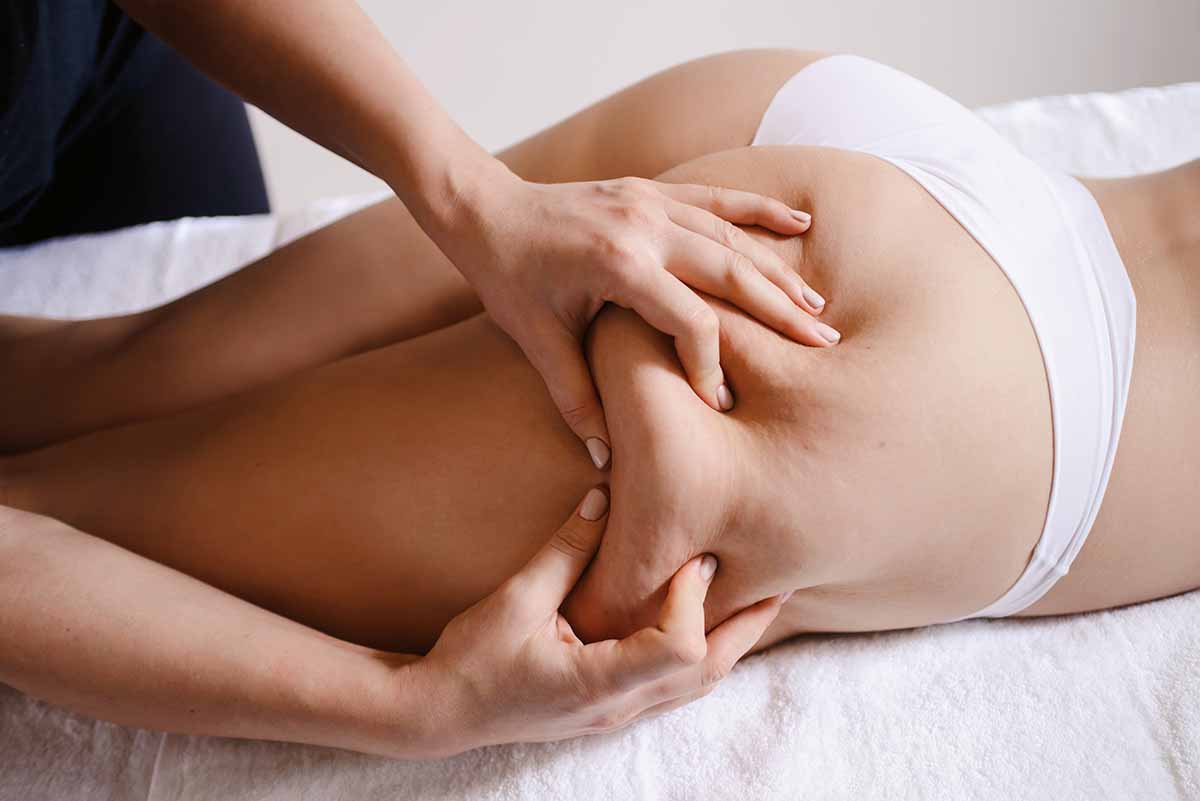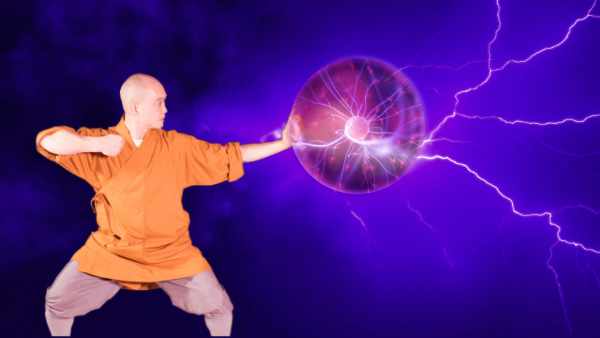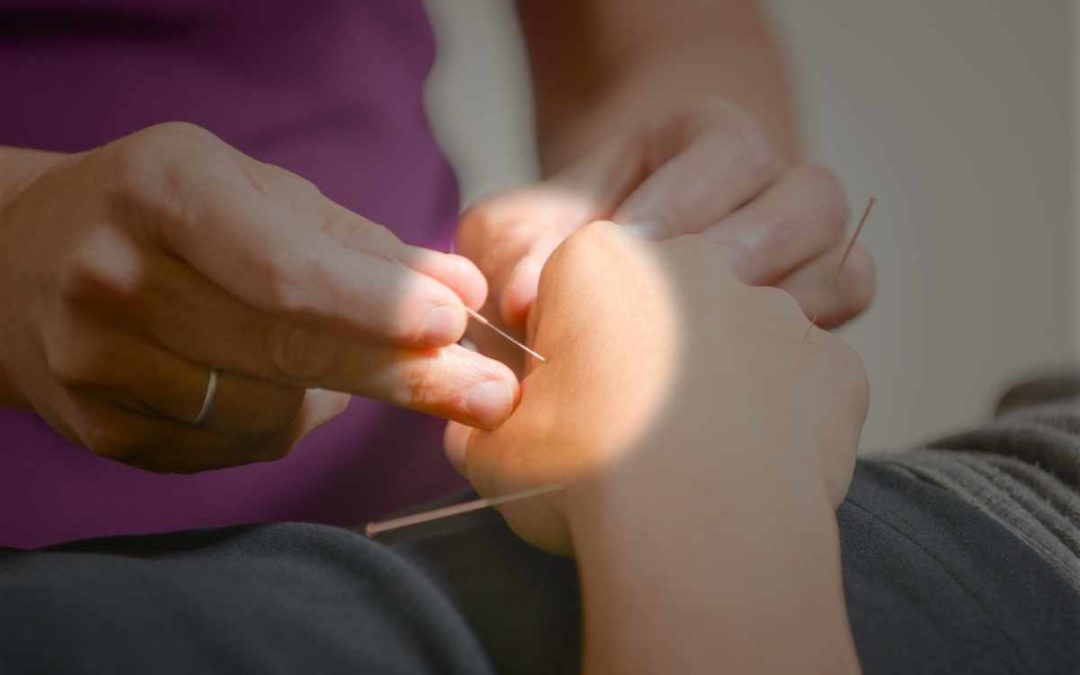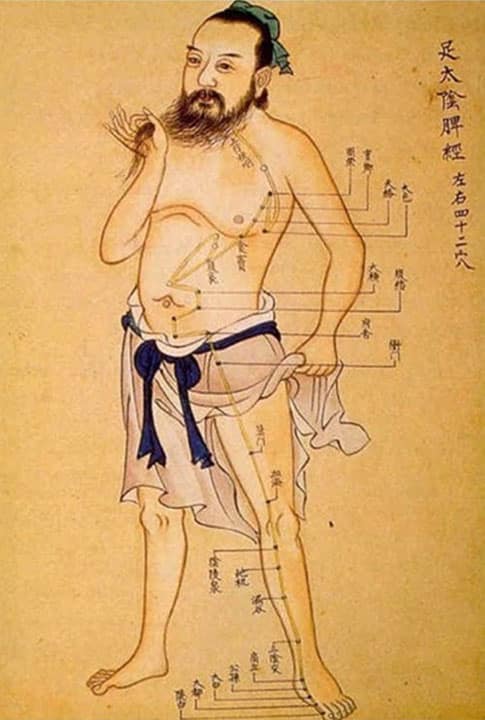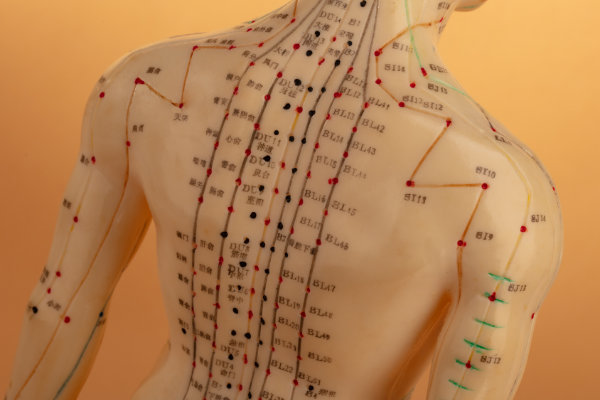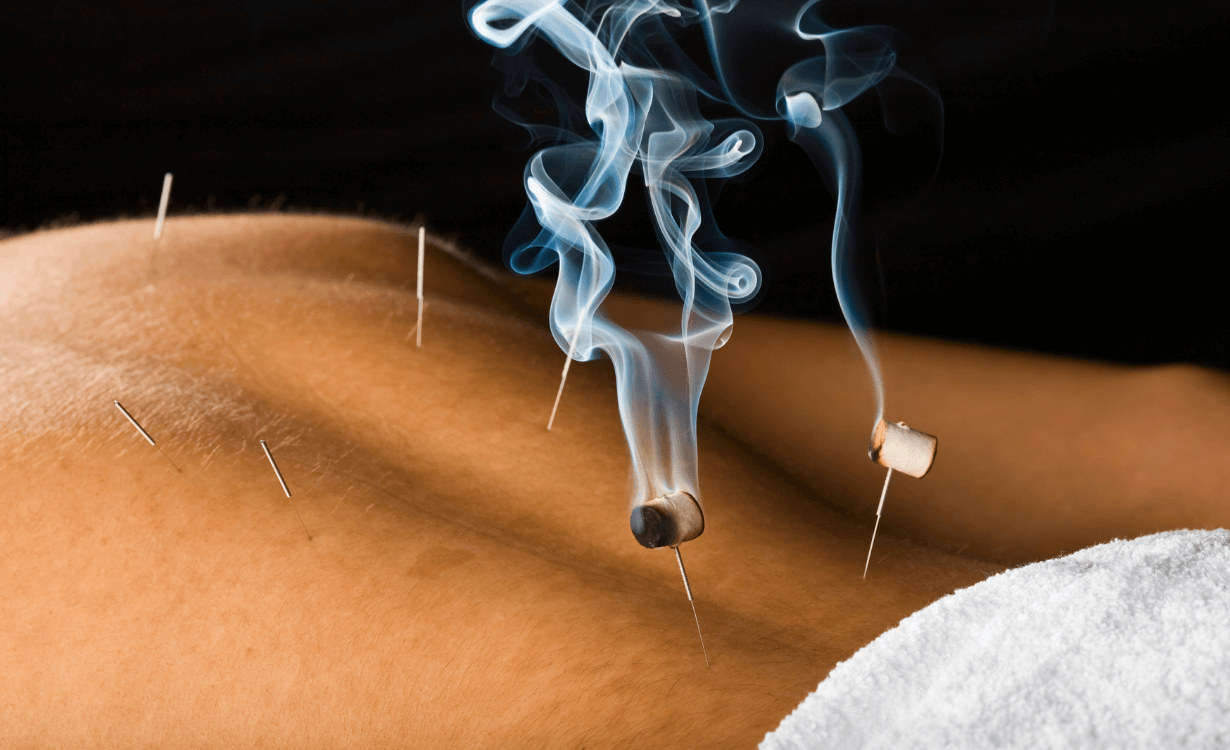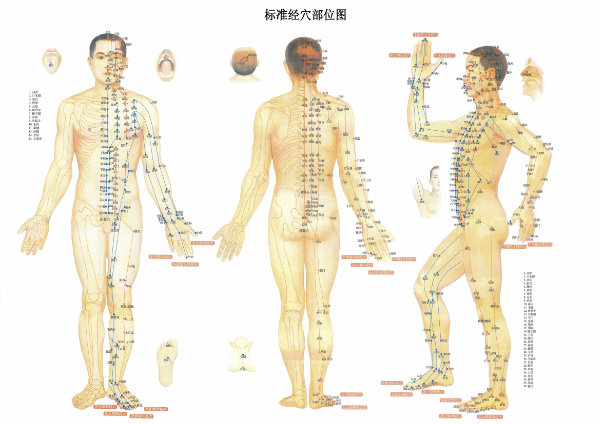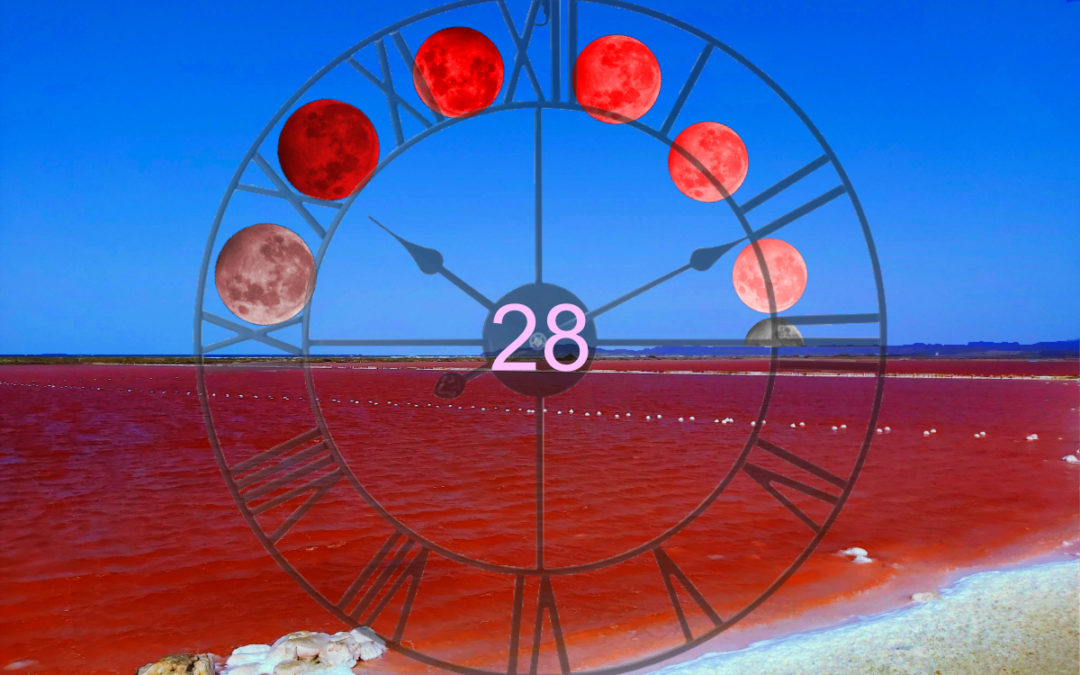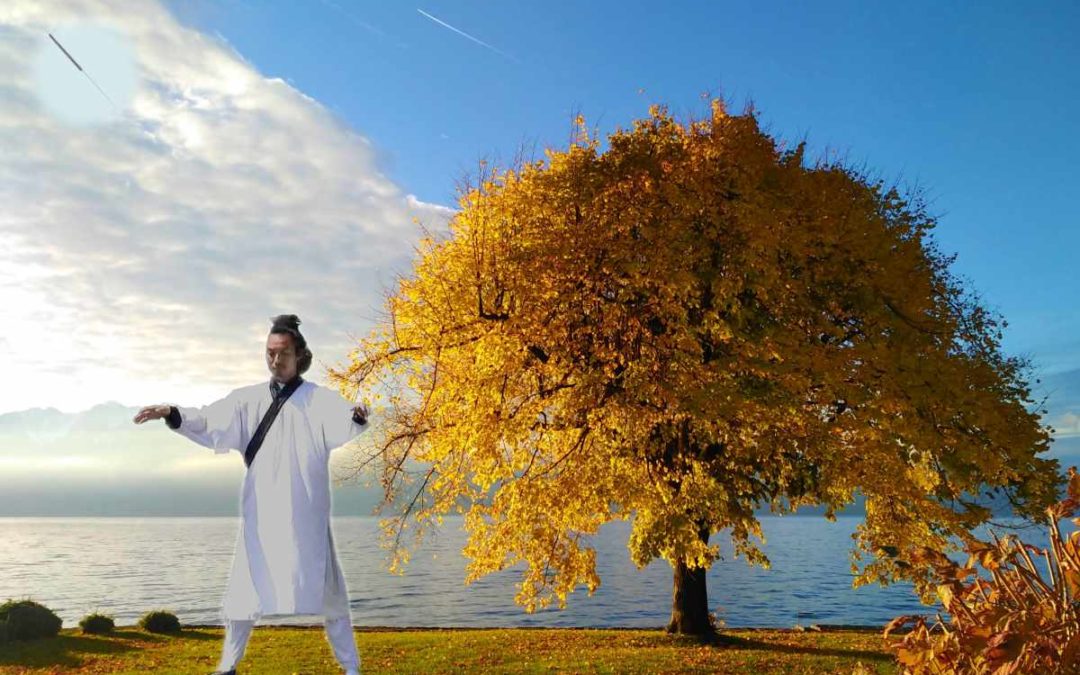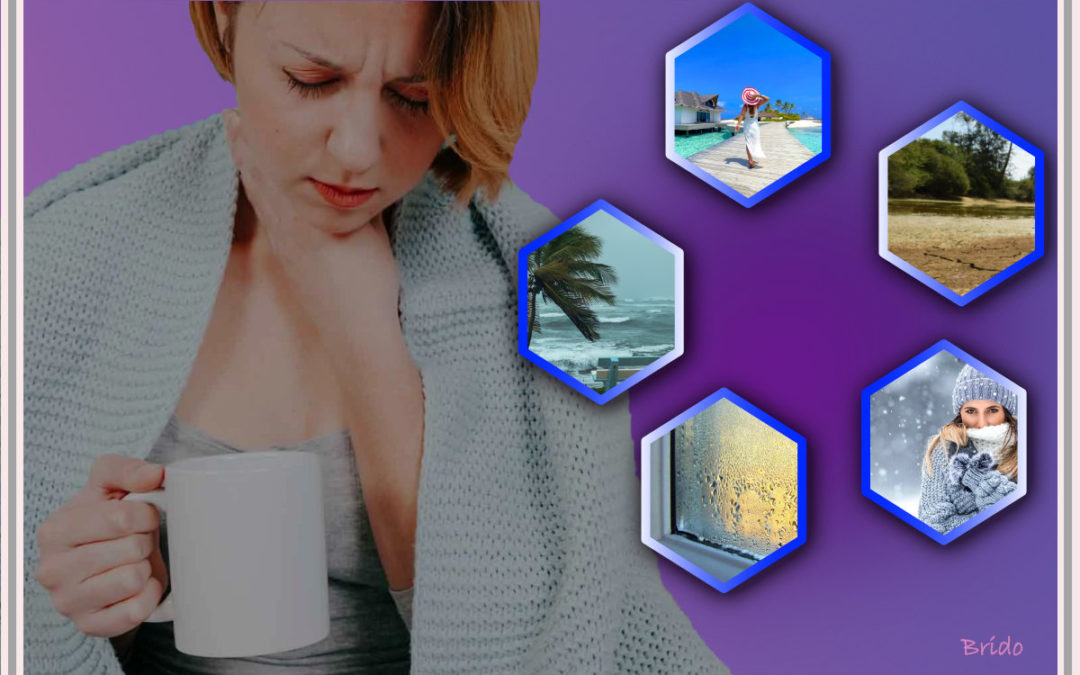
Causes of illness
- difficulty 50%
Internal and external causes
Chinese medicine is known as traditional medicine. Like all traditional medicine, it seeks, through its diagnosis, to identify the cause(s) of a pathology.
According to Traditional Chinese Medicine (TCM), health is the result of a healthy overall energy balance. Illness occurs when this balance is disrupted. TCM then focuses on re-establishing this balance.
Its diagnosis therefore focuses on the balance between organ health (yin) and organ function (yang). It also determines energy imbalances according to the theory of the five elements, each organ being linked to one of these five elements, or five energies.
TCM classifies the causes of illness into two main categories:
- internal causes,
- external causes.
Internal causes
One of the main factors of internal origin is our emotional state. Emotions and the way we experience them affect our organs. In this way, emotions experienced excessively, for too long, or on the contrary totally repressed, will cause energy imbalances over time.
Here’s an overview of how each emotion, linked in TCM to an organ and an element, impacts our health.
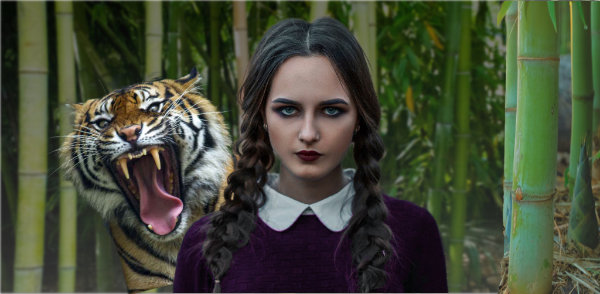
- Excessive anger and frustration, as well as repressed anger, damage the liver, hindering the free circulation of energy in the body. This energy stagnation can lead to pain, muscle tension, headaches or digestive disorders.
- Hysteria, excitement, exaltation and excessive laughter can lead to an imbalance in the heart, disrupting sleep and even speech.
- Obsessive thoughts, mental rumination and excessive intellectual work can unbalance the energy of the spleen, leading to digestive disorders, dizziness, a feeling of having one’s mind bogged down, fatigue on waking even after a long night’s sleep, and for women, menstrual disorders.
- Sadness, regret, depression and melancholy will affect the lungs and the diffusion of energy in the body, and may result in spontaneous sweating, dyspnoea and a weak voice.
- Fear, phobias, apprehension and paranoia will damage the kidneys and can generate chronic low back pain, incontinence, night sweats and sometimes tinnitus.
We won’t go into further detail here on the internal causes of illness, so as to focus on the external causes of the 5 climatic energies. There are, of course, other factors that can trigger illness besides internal and external causes.
External causes
Everyone has heard of the 5 elements (or 5 energies), but few know that this is a model or template that can be applied to many different fields. So, for TCM, the external causes of disease are linked to abnormal climatic variations, which are then perceived as pathogenic factors likely to invade the body and upset the Yin/Yang balance, thus generating a large number of illnesses.
These climatic anomalies, or climatic perversions, are thus classified according to the five-element theory into five climatic energies, each linked to an element as shown in the table below.
| Wood | Fire | Earth | Metal | Water |
| Wind | Heatwave | Humidity | Dryness | Cold |
Wind
Wind is a pathogenic factor in itself; it is Yang. It induces movement and generates other climatic phenomena. It propagates and displaces pathogenic elements. The wind we’re talking about here is, of course, the climatic factor, not the internal wind, which is a TCM-specific notion that we won’t go into here.
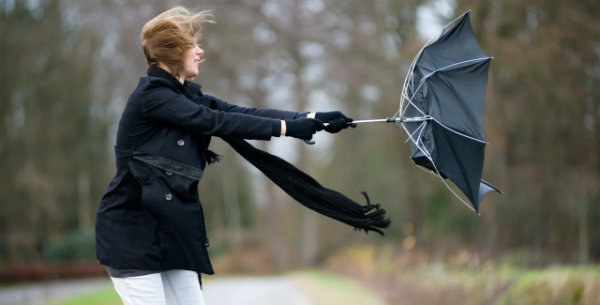
Heatwave
Heatwave is Yang. It is extremely penetrating. It generates fire, as well as dryness. Heatwave penetrates the body following prolonged exposure to intense heat (sauna, sun). It produces perspiration, restlessness, thirst and fatigue. When it penetrates deeply, it can lead to urinary tract infections. Heatwaves lead to heatstroke.
When this heat comes from the transformation of pathogenic factors stagnating in the body, it is transformed into fire. Fire is an aggravation of internal heat.
Dryness
Dryness is Yang in nature, damaging the blood and drying out body fluids, leading to dehydration. It is produced either by a dry climate, or by drying phenomena (diarrhea, heavy sweating, repeated vomiting).
If the lungs are affected, a dry cough will develop. If the intestines are affected, some form of constipation will appear.
Cold
External cold penetrates as a result of prolonged exposure to cold, either by staying in cold places for long periods, or by frequent ingestion of cold food.
When there’s a lot of Cold, Yin becomes abundant, and too much Yin tends to injure Yang. When Cold blocks Yang’s dynamism, it can no longer perform its Qi management and warming functions, leading to illnesses characterized by a drop in the body’s activity: reduced vitality, exhaustion, chilliness.
This can lead to joint pains, aches and pains in the back, as well as intestinal pain and diarrhea. Other examples include lumbago and stomach flu.
Humidity
TCM considers Dampness to be heavy and sticky. It tends to sink or stick close to the ground, and is difficult to get rid of. We readily associate it with something improper or murky… fungi, molds and algae thrive in damp environments. It is on the basis of these particular characteristics of Humidity that TCM qualifies different states of the organism.
Humidity is of the Yin type, and therefore injures the body’s Yang energy. It is caused by exposure to a humid climate. Humidity hinders movement, slowing everything down.
It causes a feeling of heaviness, general fatigue, joint pain with swelling, the sensation of a crowded head, abdominal distension and loose stools.
Humidity often affects the lower part of the body and the pelvis (leucorrhoea may appear). In extreme cases, moisture in the body is transformed into mucus, which can cause cysts, tumors or circulatory disorders (excess cholesterol in the blood). The spleen is also affected. Moisture damages the spleen, which is no longer able to perform its transformative function properly.
Resisting climate perverts
Of course, these climatic perversions do not affect individuals in the same way. An individual’s ability to resist these perversions depends on his or her capacity to resist, and therefore on the strength of his or her Zheng Qi. Zheng Qi can be translated as Straight Qi or Correct Qi.
Zheng Qi is thus the synthesis of the vital Qi that ensure the proper functioning of the organs, Qi and Blood, as well as the Yin/Yang balance and harmony between the body and its environment.
This is why the strength of Zheng Qi will determine whether or not an individual falls ill. The climatic perverse is merely the triggering factor.
Fatigue according to the 5 elements
In TCM, the 5-element theory is applied in various fields. It also applies to fatigue. Before we reach the point of exhaustion or “burn-out”, let’s take a look at our state in terms of the 5 energies.
Wood-type fatigue
Physical signs: excessive sighing, premenstrual syndrome, irregular periods, lump in the throat, tendon tension…
Emotional state: irritable, moody, impatient, too many expectations of self, perceived as “aggressive” OR as a doormat.
Causes: constant stress, feeling trapped, tight schedules, frustration, agitating environmental factors (too much noise, frequent disagreements, etc.).
Fire-type fatigue
Physical signs: restless sleep, memory loss, flushed feeling, spontaneous sweating, heart palpitations.
Emotional state: controlling, feelings of rage, excessive vulnerability, significant lack of joy.
Causes: lack of intimacy with self, prolonged exposure to other people’s negativity.
Earth-type fatigue
Physical signs: tiredness after meals, loose stools, bloating, lazy legs
Emotional state: unmet needs, feeling misunderstood, longing for things other than those already acquired, jealousy.
Causes: overthinking, sitting too long or too often, poor diet.
Metal-type fatigue
Physical signs: tired after long talks, shortness of breath, sweats easily, tired after exercise, feels cold, gets sick easily, chronic cough, prone to allergies, chronic fatigue, eczema.
Emotional state: overly critical, hard on self or others, demanding precision/overly perfectionist, “unfair”, sense of loss and grief, quickly cuts ties, holds grudges.
Causes: very frequent use of voice (e.g. teachers), untreated grief, hereditary factors, lower gastrointestinal problems.
Water-type fatigue
Physical signs: adrenal fatigue, hair loss, low back pain, cold limbs, low libido, erectile dysfunction, fertility problems, urinary frequency.
Emotional state: difficulty staying still, “too tired”, restless, anxious, fearful, worried about money, overly tolerant of risk OR frozen in fear.
Causes: prolonged periods of overwork, persistent anxiety/fear.
